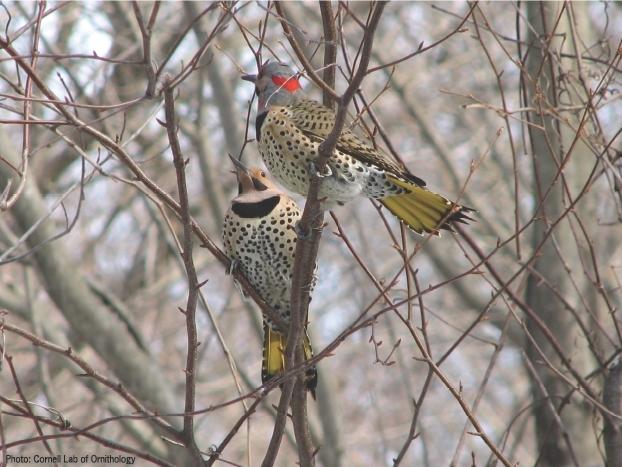
Missing Something? Where are the Birds?
From time to time, you may notice a lack of birds at your feeders. When a pronounced slow-down in feeder activity occurs, it is often associated with an abundant natural food supply. It appears that in much of our region, this year's growing season was much better than it has been for a number of years. Natural food sources such as weed seeds, nuts, fruit and even insects are more readily available for birds this year.
Sometime it is hard to tell why we see fewer birds at our feeders, but here are a few other explanations:
- Changes in birds' seasonal movements and food preferences
- Sudden extremes in weather
- A recent loss of some area of local habitat
- A neighbor putting out new bird feeders
- A hawk, cat or other predator taking up residence in the neighborhood
- Problems with a feeder or food
The birds will return to your feeders. In the meantime, here are a few tips you might want to consider to increase the number of birds in your yard:
- Keep feeders clean and filled with fresh food.
- Provide different types of bird feeders, offering a variety of foods.
- Install multiple bird feeding stations so there are not too many feeders in one location. Birds like elbow-room, too.
- Install a bird bath. Birds need a dependable year-round water source for drinking and bathing.
Birds need to feel safe when feeding. Provide protective cover, such as special plantings, hollow logs, and brush piles or artificial cover.
Feeder use is typically slow during the fall and early winter because natural food sources, such as seeds, tree nuts and berries, are at their greatest abundance. In peak years, this slow-down can extend well into the winter, especially in combination with a mild winter. Lots of natural food means fewer birds at our feeders. Happy Birdfeeding!
(Kathy and her husband, John, own and operate the Wild Birds Unlimited, located at 111 S. 24th Street. Billings and at www.wbu.com/billings. She is a Certified Bird Feeding Specialist and is past president of the Yellowstone Valley Audubon Society.)

